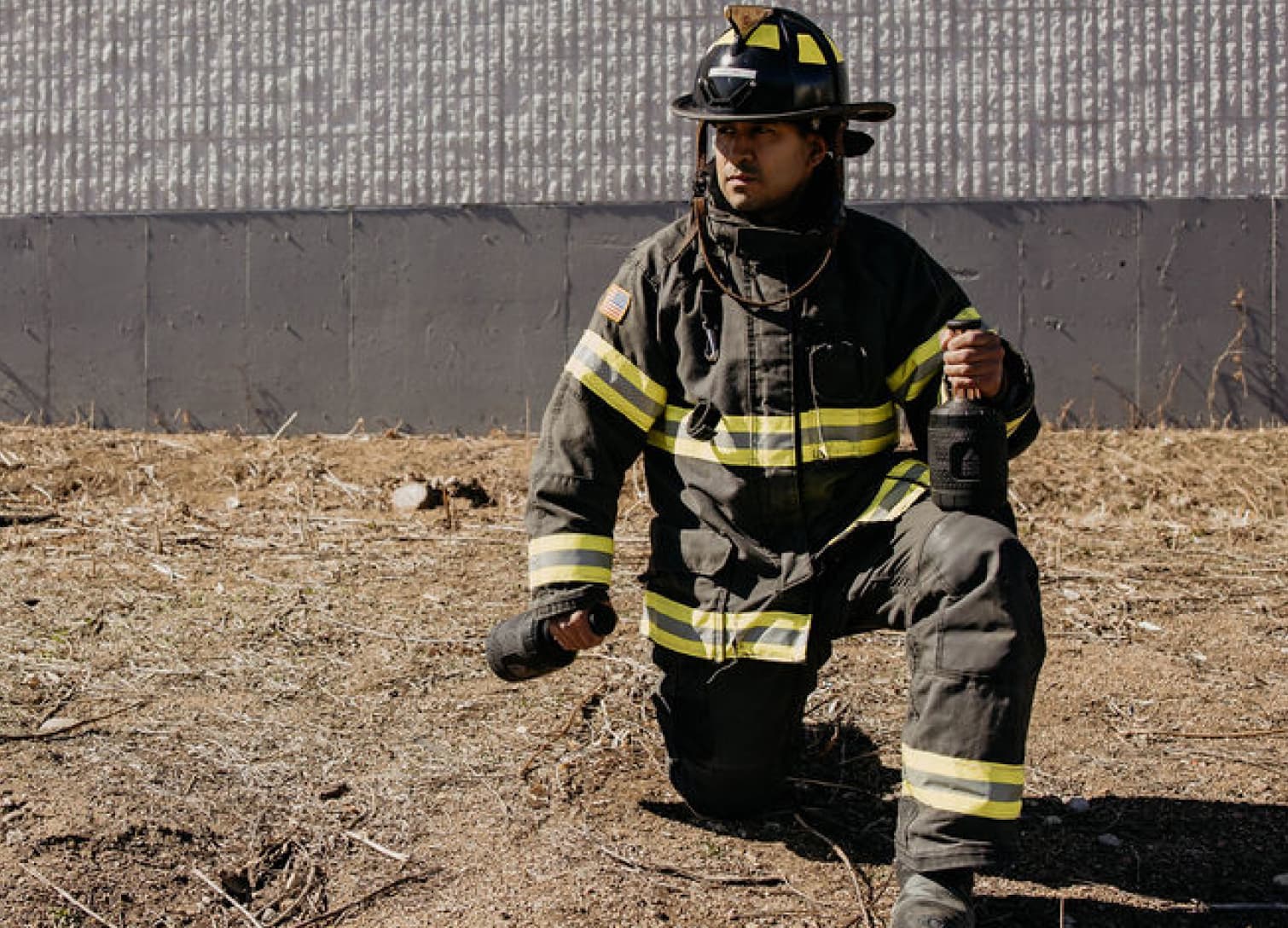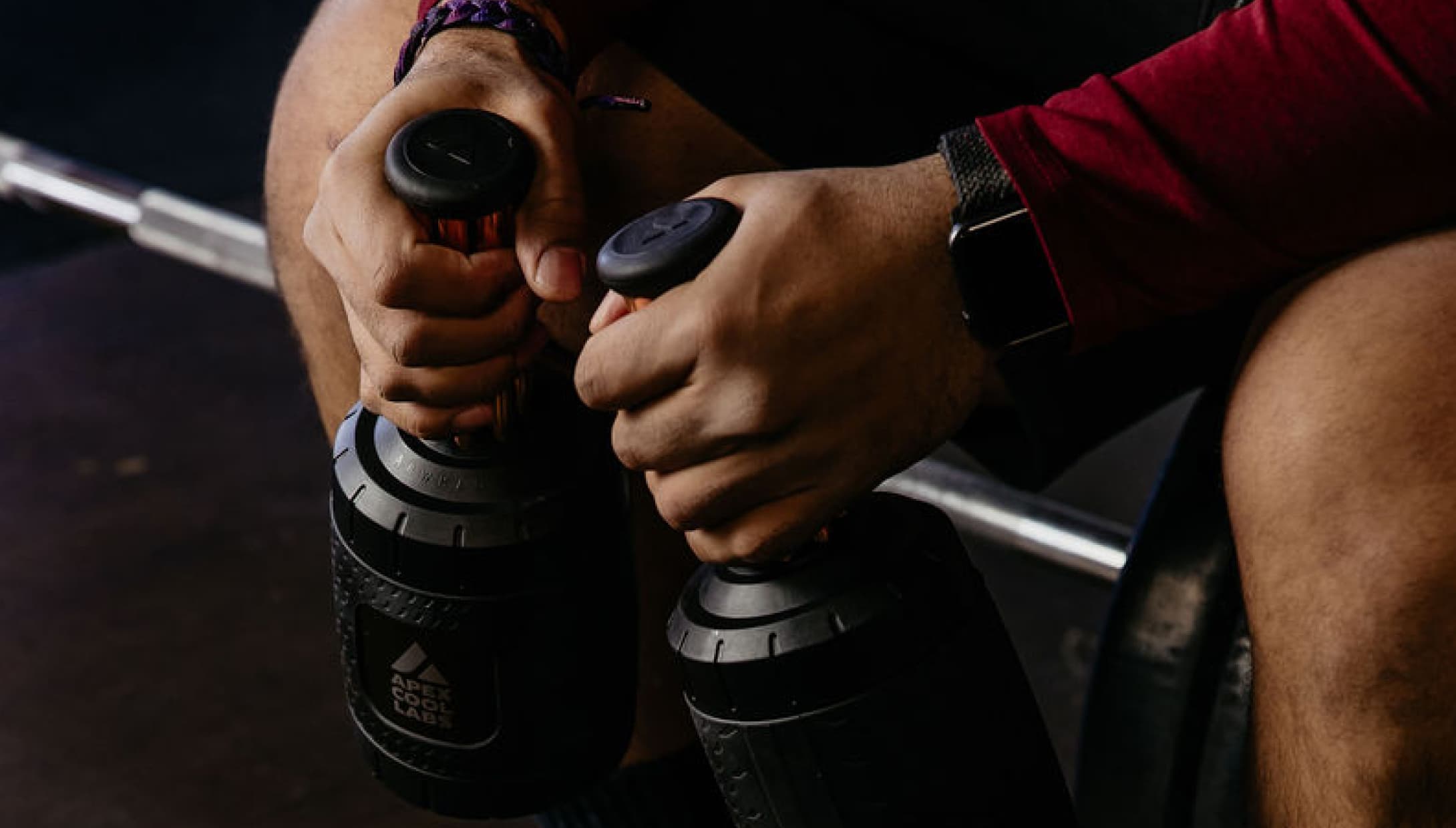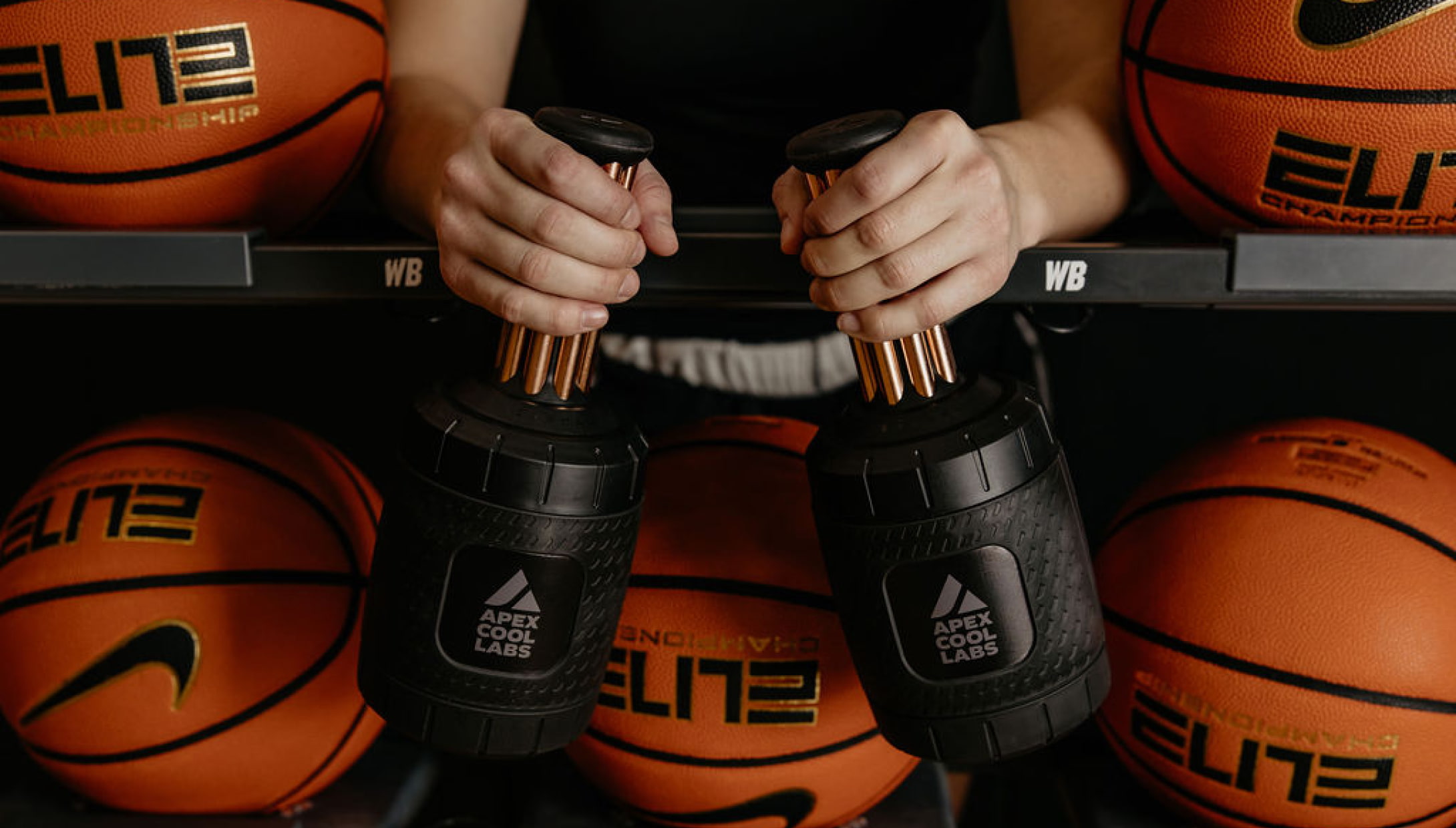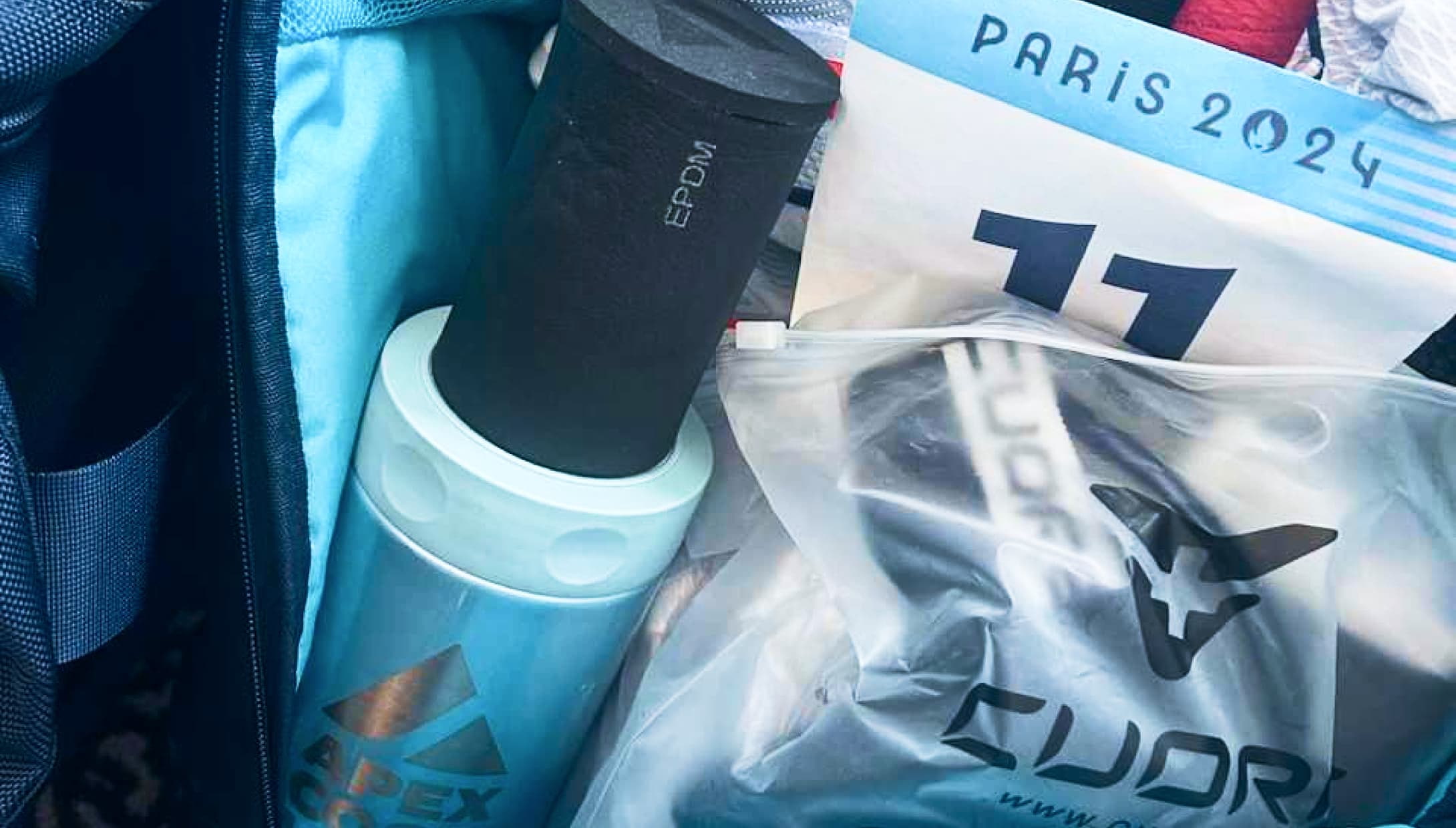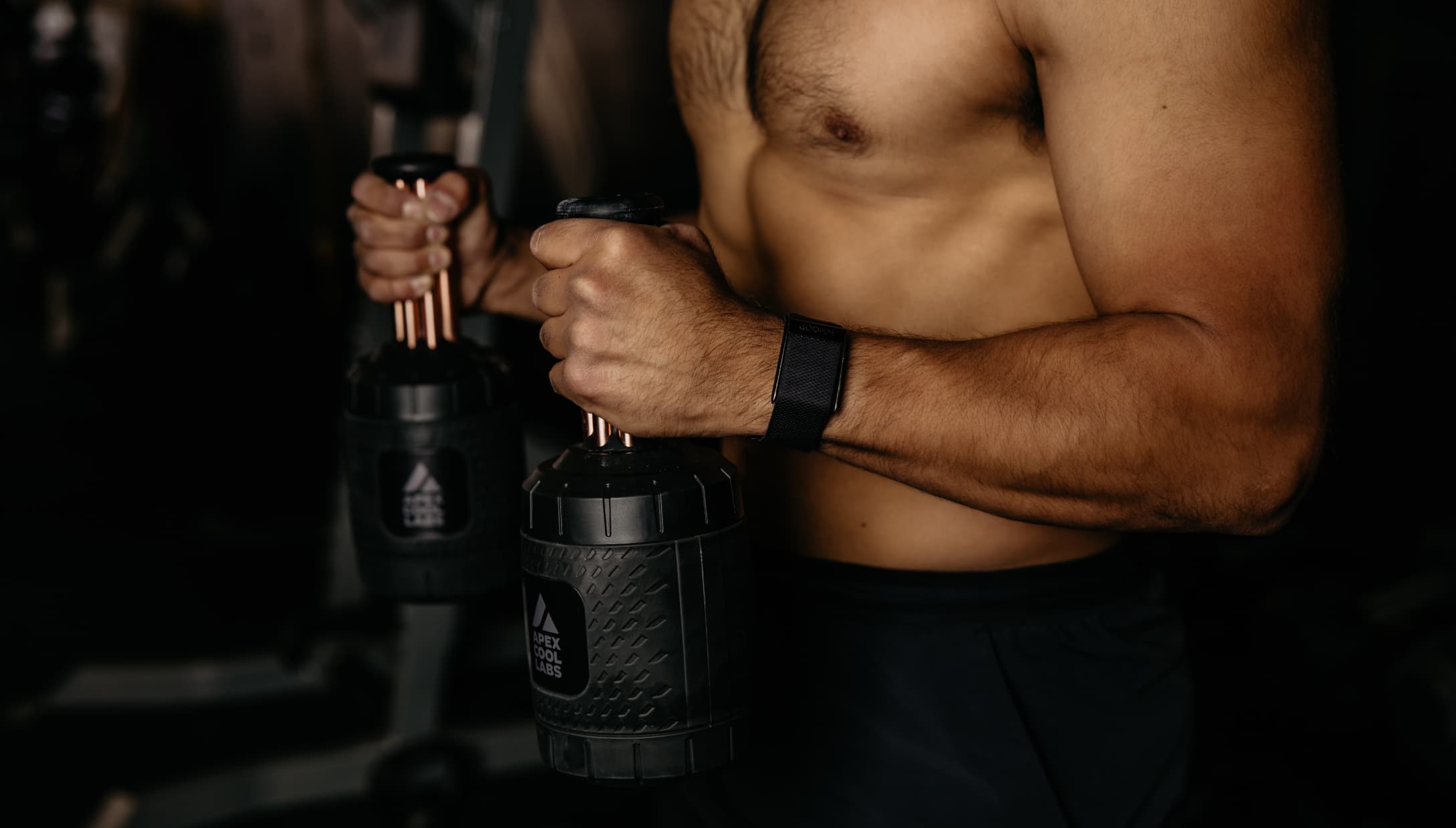The hotter it is, the harder it is to perform at our highest level. Best case, heat slows us down. Worst case, it causes serious heat illness which requires immediate medical attention.
For an Olympian with sights on the podium, it is crucial to develop a strategy for combating heat during training, warm ups, and competition to minimize the detrimental effects of excess body heat.
Haley Batten is an elite cross-country mountain biker with multiple World Cup wins under her belt. Most recently, she took home the Silver medal in Paris — the highest achievement of any American mountain biker at the Olympics! To perform at this level, she dials in every element of performance including training, injury prevention, nutrition, hydration, and thermoregulation.
“I compete in a wide variety of environments, many of which are extremely hot on race day. Without tools for managing heat, I simply cannot ride as hard as I am capable when the temperatures rise,” says Haley.
Why Does Heat Negatively Impact Physical Performance?
As it heats up, our body is forced to divert valuable resources to keeping us cool instead of fueling our peak performance. When we are hot, our body sends more blood to our skin surface in an attempt to offload excess body heat. This physiological response means that less blood circulates through our muscles, inhibiting the ability to deliver oxygen and nutrients and remove waste products.
As a result, our heart rate accelerates, we use more muscle glycogen, and a given intensity feels harder than it would if we were cooler. It is not a coincidence that marathon course records are almost always set when the temperature is 44-59°F.
“I first learned about the science of palm cooling from Austin Einhorn, a coach I work with to improve my movement patterns and prevent injury. He would have me hold the Narwhals between sets to accelerate recovery and I could feel the difference — being able to increase my workload while reducing recovery time afterwards,” explains Haley.
The more she experimented with the Narwhals and ran rigorous testing, the more she incorporated our palm cooling device into various recovery strategies including down regulation protocols and race day pre-cooling.
“The Olympic training staff tested numerous cooling strategies to help me develop a series of protocols to ensure I can properly warm up and prime for the race without significantly elevating my core temperature” says Haley. “We found that the Narwhals were one of the most effective tools for reducing my core body temperature — even more effective than ice vests and cool towels.”
{{post-banner}}
Heat Mitigation in the Palms of Your Hands
The Narwhals are an effective tool for improving athletic performance and avoiding the brutal effects of heat stress. They work by taking advantage of the unique vasculature in the palms of our hands called arterio-venous anastomoses, which are direct connections between arteries and veins designed to help regulate core body temperature.
Under specific conditions, you can turbo-charge this naturally occurring system by quickly cooling the massive amount of blood running through these structures, which in turn reduces core body temperature and lowers heart rate. By cooling your palms, you have more energy to put towards performing at your peak level.
Beware, it is not as simple as holding ice. The specific conditions for effective palm cooling are:
- Cool-not-Cold: Hold something that is 50-60°F. Colder temperatures will cause you to vasoconstrict and stop the blood flow required to make this protocol work. Warmer temperatures reduce effective heat transfer.
- Conductive: Maximize heat transfer out of your palm by placing your hand on a surface that has good thermal conductivity such as copper.
- Continuous: Avoid thermal barriers to ensure heat continuously flows away from your body.
Typical protocols for palm cooling include:
- Pre-Cooling: Hold the Narwhals for 2-5 minutes post warmup.
- In-Game Recovery: Hold the Narwhals for 60 seconds to 3 minutes during breaks. Longer hold times are recommended for athletes competing in hot ambient temperatures like football and soccer players.
- Strength Training: Hold the Narwhals for 2-3 minutes between working sets to extend higher intensity work longer.
- Interval Work and Conditioning: Hold the Narwhals for 90 seconds to 3 minutes between intervals or rounds.
- Heat Stress Mitigation: Hold the Narwhals for 5-10 minutes in cases where an athlete is overheating.
Just like hydration, thermoregulation is both a safety and performance driver, which is why we see the Narwhals increasingly becoming part of the process for athletes across all sports from the hockey locker room during period breaks to the sidelines of professional basketball games.
As Haley has shown us, if you are not managing heat, you are leaving points on the table.
“I truly believe that working with Apex Cool Labs has been a game changer!”
Congratulations Haley on all of your success! We are honored to be a part of your toolkit.



